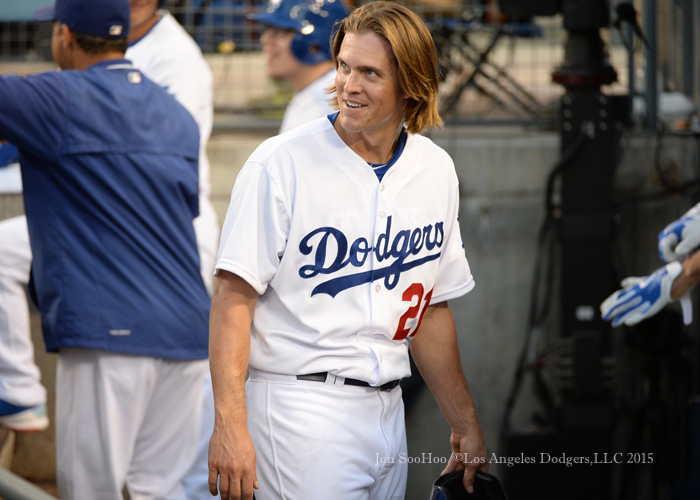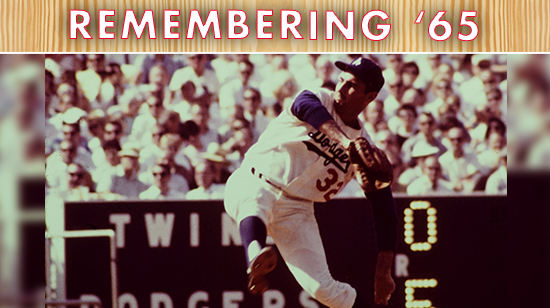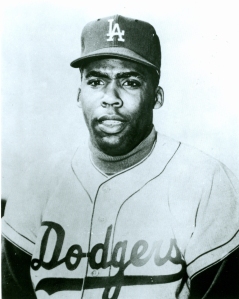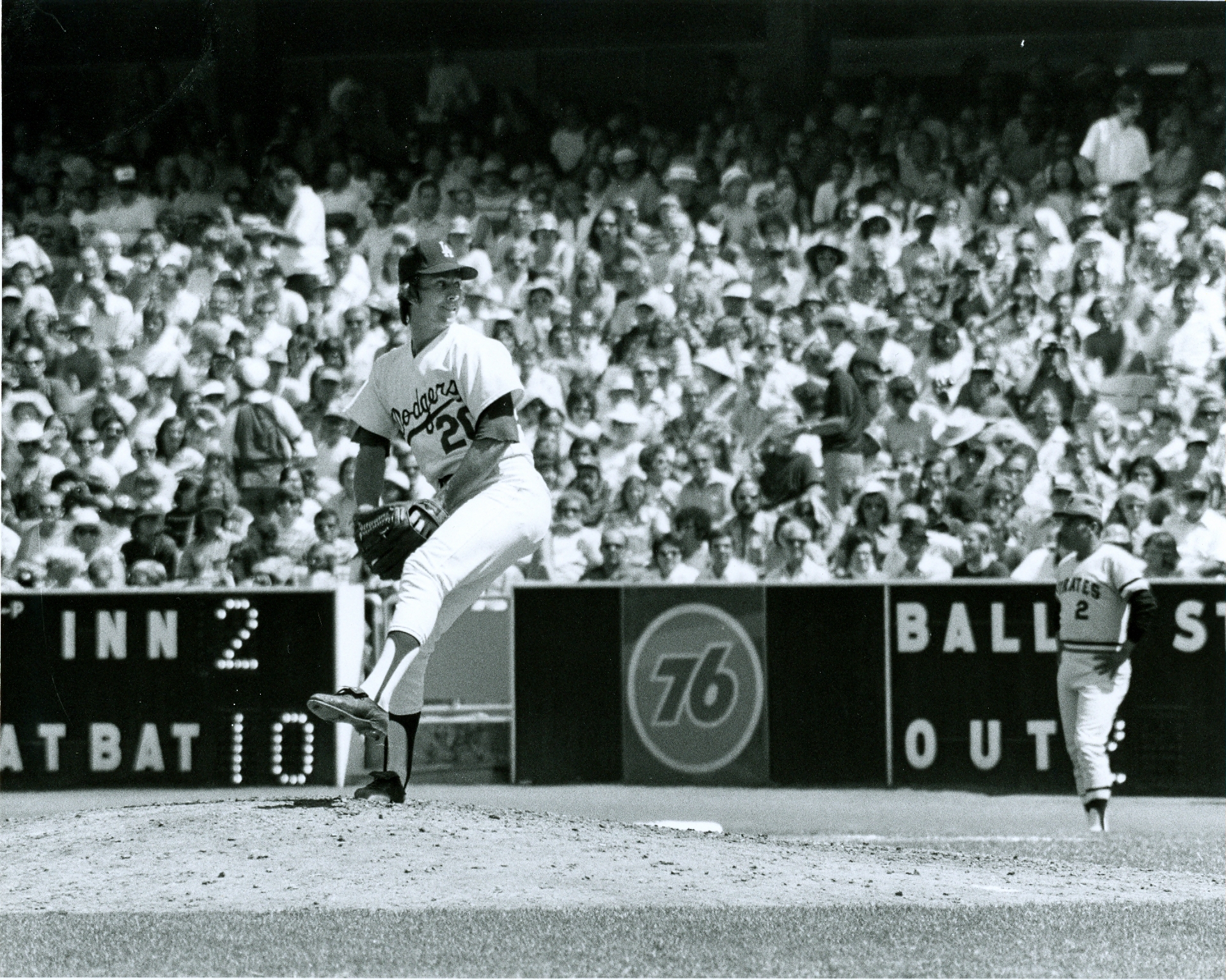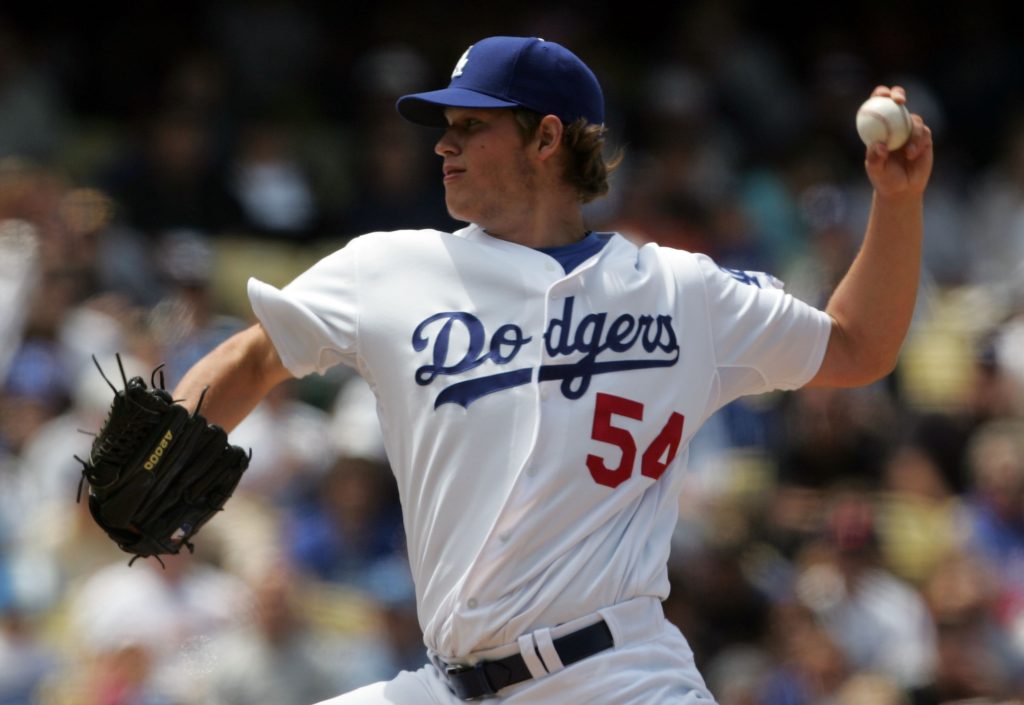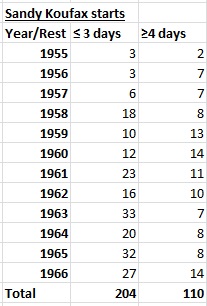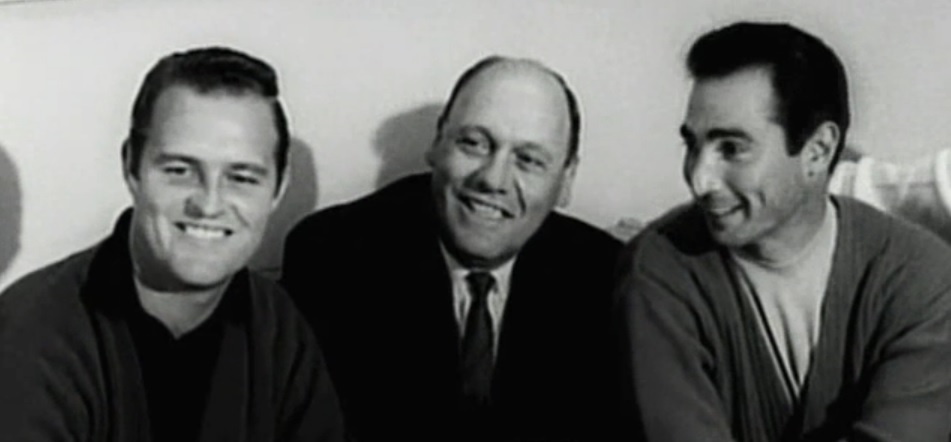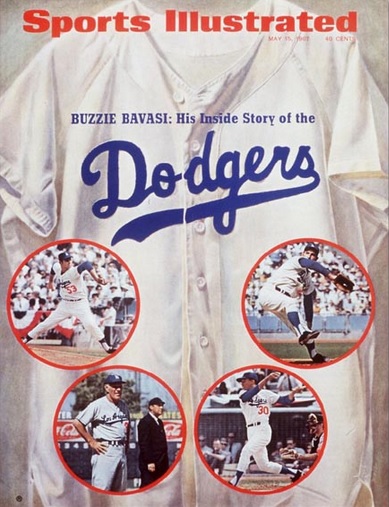
(Matthew Mesa/Los Angeles Dodgers)
By Jon Weisman
GLENDALE, Ariz. — Highlight of Spring Training/2015/Dodger life and Hall of Fame pitcher Sandy Koufax is at Camelback Ranch, and a reporter asked him today if the juices were still flowing when he put on the Dodger uniform.
“The juices have gotten very thick,” Koufax joked. “They don’t flow.”
Nevertheless, the joy of the annual ritual wasn’t lost on the great lefty.
“It’s fun,” he said. “It’s fun to be around the players. This is a nice time of year — nobody’s lost their job, everybody’s got a job coming. Everybody’s positive. It’s a good time to be around baseball players.
Koufax shared thoughts on a variety of subjects — here’s a snapshot …
On Clayton Kershaw and the 2014 postseason:
“If somebody had told me that anybody would beat Clayton twice in one series, I’d have said ‘No way.’ I probably would have cursed and said ‘No way.’ But it happens. And I have to say, I don’t know if you heard his (award) acceptance speech in New York, but that last line was as classy as it gets. On a night where you’re being honored, to bring up what didn’t go right is pretty classy, pretty special.
“I don’t know if he has any extra fire (heading into 2015), because I think he always has fire. I think he’s a great competitor. So would it be any extra? I hope not, because extra might destroy you. You can just go so far. … I think he’ll be in a lot more postseasons, and I think it’ll be totally turned around.”
On Julio Urias:
“He’s impressive. He’s very impressive. This is the first time I’ve seen him throw. It’s a long way from the driving range to the golf course, and it’s a long way from side sessions to the game. He has all the requisites — we just have to see what happens. Physically, he’s very impressive.”
On Yasiel Puig:
“I think probably he’s never played against talent that might be his equal, so he’s thought, ‘OK, they’ll make a mistake. I can keep running, and they’ll screw it up.’ It doesn’t happen here. I think he’s learned that. … I think there’s a lot of progress. When you’re struggling at the plate, everything looks bad.”
On Tommy John surgery:
“They just wouldn’t operate on an arthritic elbow in those days. It would be a simple surgery. I had arthritic hooks that would be scratching, and my elbow would blow up, fill up with fluid. Then they’d drain it, send you back out there. Surgery would have been easy, they would have done it when the season was over and be fine in Spring Training. They wouldn’t have cut anything — just hammer and chisel.
“I have a lot of theories (on the epidemic of surgeries). Mechanics. I think a lot of people don’t use the lower half of their body as much as people used to. They’re much more straight up and down. Plus, people are doing it prophylactically — before they have a bad elbow, they’re doing Tommy John.
On pace of play:
“I’m not sure what pace of play is bad. It’s slower than it used to be, but you get three more pitching changes than you used to get, so that takes time. I think the strike zone has changed shape — I think it’s gotten narrower and taller and lower. I think a wider strike zone and not necessarily and not necessarily higher and lower would speed up the game. That’s just my opinion — by no means humble opinion.
“It’s not so much the time of the game. I find it hard to watch a pitcher go two strikes and no balls and end up 3-2, and that happens much more than it should.
On the new front-office leadership:
“From everything that everybody’s said, they’re analytic but they’re listening to the players and manager and coaches. You talk about the analytic thing and this all started in Oakland, but no one makes mention of the fact that (Billy Beane) was a player. So he could see talent, and if the analytical was one thing, but if he didn’t like what he saw, he didn’t sign him. It’s a combination of both that’s important.”
On clubhouse atmosphere:
“People pooh-pooh clubhouse (issues), but I think clubhouses are important. I think it’s important players like each other. … You’re together probably eight months out of the year, so if you don’t like each other, it is a grind.”
On the tough finish to the 1962 season:
“It was a strange year. I missed three or four months, whatever it is. There’s a chance we might have won. Not saying that I was that good, but there was a chance we might have won and it would have been a different year. If you lose key players, it affects your team.”
On the absence of Maury Wills and Gil Hodges from the Hall of Fame:
“I think Maury changed the game. He revolutionized the game. He was the most dominant offensive force in baseball, even though (Hank) Aaron might have been the best hitter. Every time Maury got on, it was a double or a triple.
“Gil’s contribution was not only as a player, but as a manager, and a lot of people have been elected because they did both.”
And one more … on picking up a baseball and throwing:
“I don’t throw a thing. Never. That was a long time ago in a land far away. It does not happen. I don’t even throw first balls anymore without moving up to where Vinny is.”

